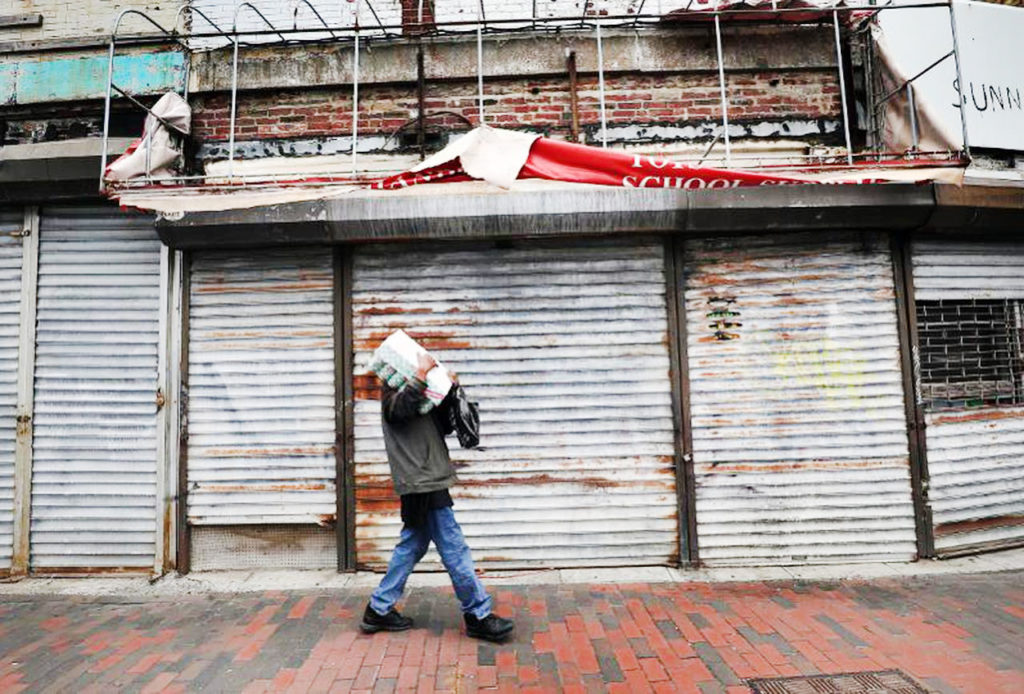By Joshua Pollard for Forbes

This is the second installment in an exploratory and investigative series called “How To Do Opportunity Zones Right.” This series will highlight Opportunity Zone projects, investments, collaborations, ideas and important happenings across the country that seek to meet the original intent of the Opportunity Zone legislation.
The purpose of the Opportunity Zone legislation is to create economic revitalization, increase jobs and reduce poverty, which this series aims to highlight.
Explaining The Land Banking Loophole In Opportunity Zone Legislation
When the IRS released its second round of Opportunity Zone rulesin April 2019, it clarified language around the concept of “original use” and opened the window to a loophole for vacant properties in Opportunity Zones.
The spring 2019 Opportunity Zone guidance, which will be revised in the forthcoming final version of the law’s guidance due near the end of 2019, states “…where a building or other structure has been vacant for at least five years prior to being purchased…[it] will satisfy the original use requirement.”
“ It remains to be seen to what extent, if any, the federal government will close the land bank or vacant building loophole to the generally applicable requirement to substantially improve property. Stay tuned.”
~ Dan Gauthier












